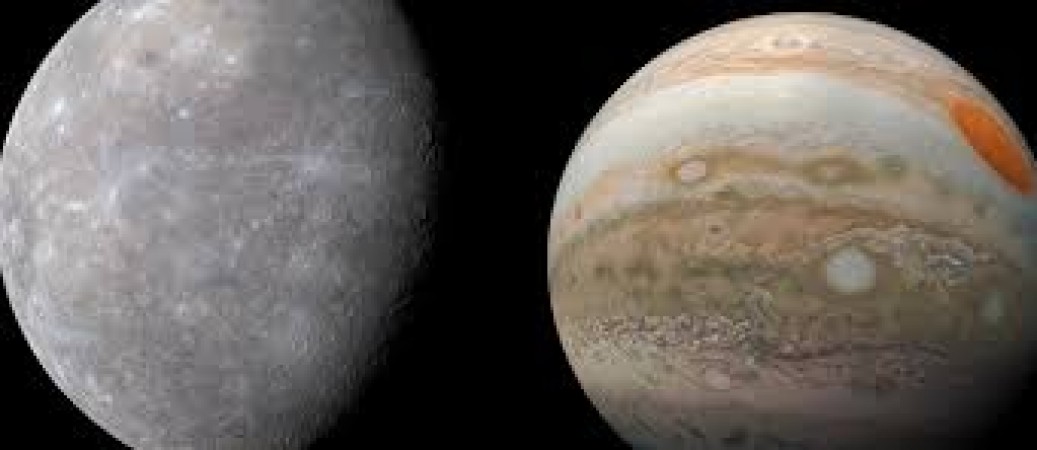
In our vast cosmic neighborhood, the planets that orbit the Sun come in a variety of sizes. From the closest planet, Mercury, to the largest of them all, Jupiter, each celestial body possesses its own unique characteristics. In this article, we will embark on a journey through our solar system and compare the sizes of these planets to our home, Earth.
Mercury is the first planet from the Sun and the smallest in our solar system. It's often referred to as a "tiny world" due to its diminutive size. With a diameter of approximately 4,880 kilometers (3,032 miles), Mercury is only about 38% the size of Earth.
Venus is often called Earth's twin because of its similar size and composition. Venus has a diameter of roughly 12,104 kilometers (7,521 miles), making it almost the same size as our planet. It's just a tad smaller, about 95% the size of Earth.
Before we move on to the other planets, let's take a moment to appreciate Earth. With a diameter of about 12,742 kilometers (7,918 miles), Earth serves as the gold standard for size in our solar system. It's neither too large nor too small, making it just right for supporting life as we know it.
Mars, often called the Red Planet due to its rusty appearance, is smaller than Earth. It has a diameter of around 6,779 kilometers (4,212 miles), making it approximately 53% the size of Earth.
As we move farther from the Sun, the planets become increasingly larger. Jupiter, the largest planet in our solar system, is a colossal giant. With a diameter of about 139,822 kilometers (86,881 miles), Jupiter is a staggering 11 times larger than Earth.
Saturn is famous for its beautiful ring system, but it's also a sizable planet. Saturn's diameter measures approximately 116,464 kilometers (72,367 miles), making it roughly 9 times larger than Earth.
Uranus is unique among the planets in our solar system because it rotates on its side. Its diameter is about 50,724 kilometers (31,518 miles), which makes it roughly 4 times larger than Earth.
Our journey through the solar system concludes with Neptune, the farthest planet from the Sun. Neptune has a diameter of approximately 49,244 kilometers (30,598 miles), making it about 3.9 times larger than Earth.
In the grand tapestry of the cosmos, size is a critical factor that shapes the nature of each planet. From the compact Mercury to the colossal Jupiter, the planets in our solar system exhibit a wide range of sizes, each with its own unique characteristics and mysteries waiting to be explored. So, the next time you gaze up at the night sky and contemplate the planets, remember that each of them, big or small, plays a vital role in the intricate dance of our solar system.
7 renowned street foods in Kolkata, from fuchka to ghugni to chow mein
Study Reveals Broccoli Is More Beneficial Than Spinach, a Green Vegetable
"Include These Calcium-Rich Foods in Your Diet Today for Stronger Bones